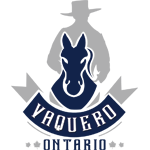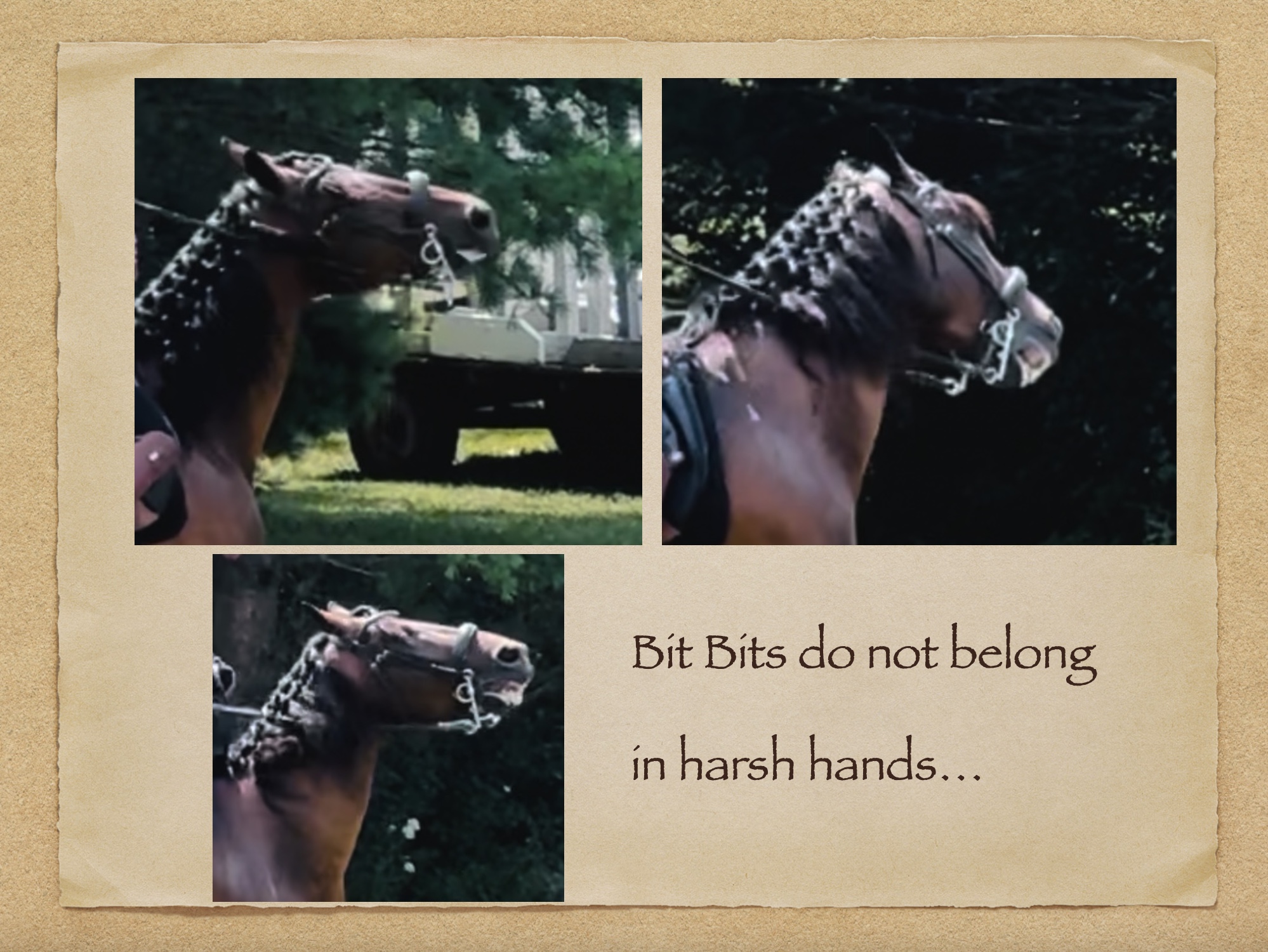I attended a local WE event this past weekend—primarily to support a friend who was competing and who has played a key role in helping establish the sport in this part of the country.
I left with a few interesting observations. Most of the riders were beginners. While they handled walk, trot, and lope reasonably well, they struggled noticeably with fundamental skills such as side passing/leg yielding and backing a horse.
Few had trouble with obstacles like the wooden bridge, weaving poles, figure eights, or even “ring around the roses.” However, many found it difficult to back their horses around poles or to side pass/leg yield along one.
One incident in particular stood out. I watched, aghast, as a woman lost her temper with her young horse, jerking the reins from one hand to the other on a long-shank bit secured by a snug chain curb strap. The poor horse threw its head into the air in an attempt to escape the pain, while the rider yanked again and again—apparently unaware that her horse was undertrained and that her rough handling was doing far more harm than good.
I’ve long admired Pedro Torres, the former world champion of WE, and I’ve appreciated the sport for the wide range of skills it develops. However, I was disappointed by the lack of horsemanship on display at this event. It reminded me of my endurance training days, when less experienced runners would push to the front at the starting line, blocking the progress of those with greater skill.
My point is this: while Working Equitation is a wonderful sport, it risks being spoiled when participants step in over their heads and let it devolve into a display of poor treatment of their horses.
Take your time, improve your basics, they may not look as flashy as spearing a donut or loping over a bridge, but those are forward movements and far easier than moving sideways or backwards with skill.

